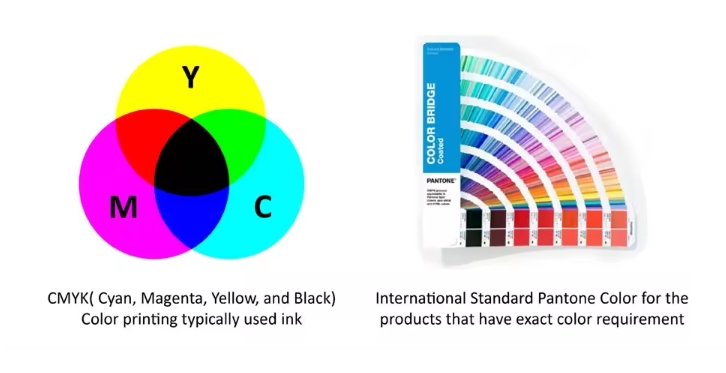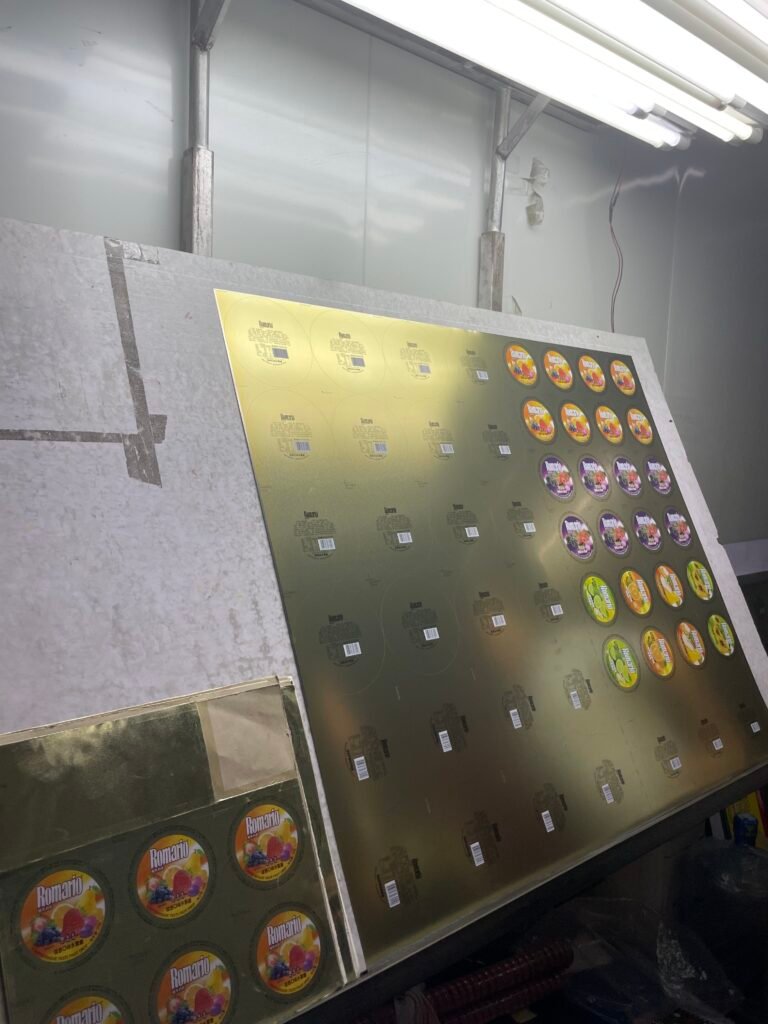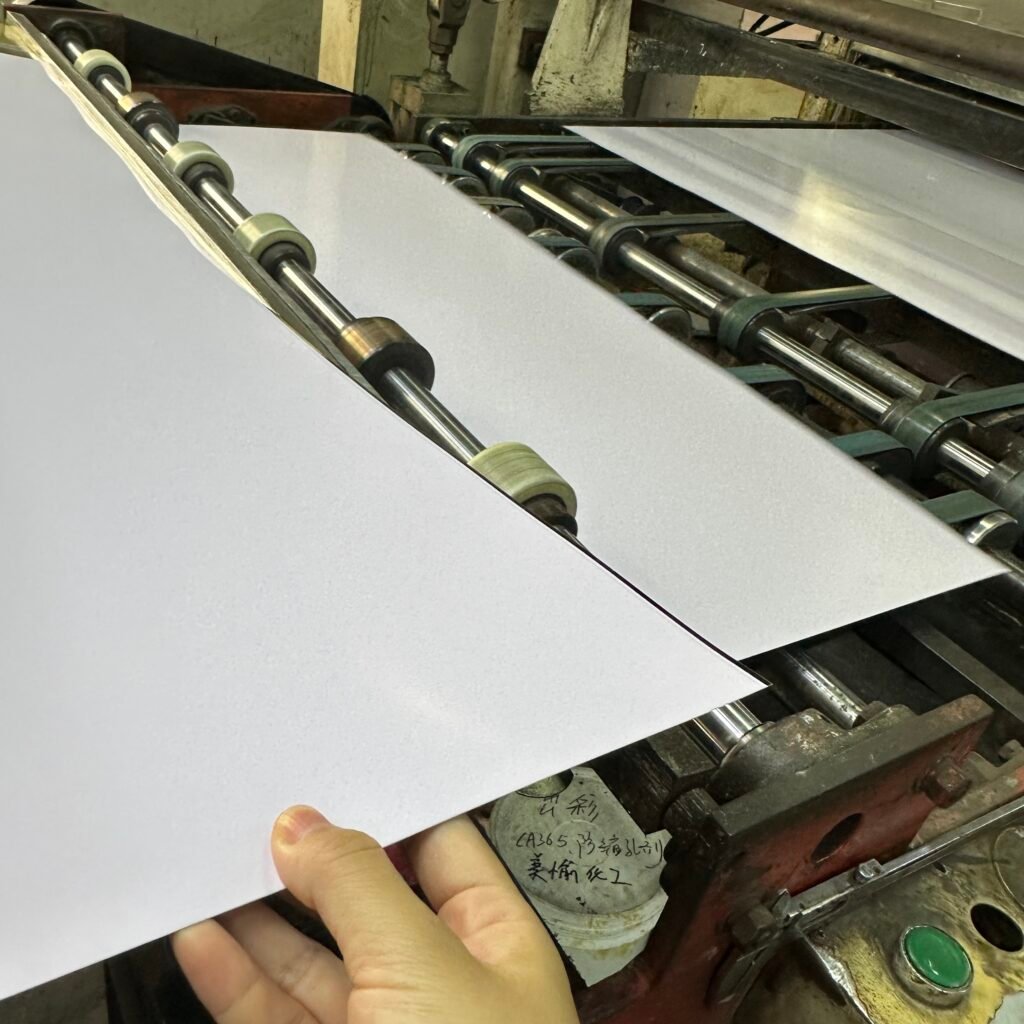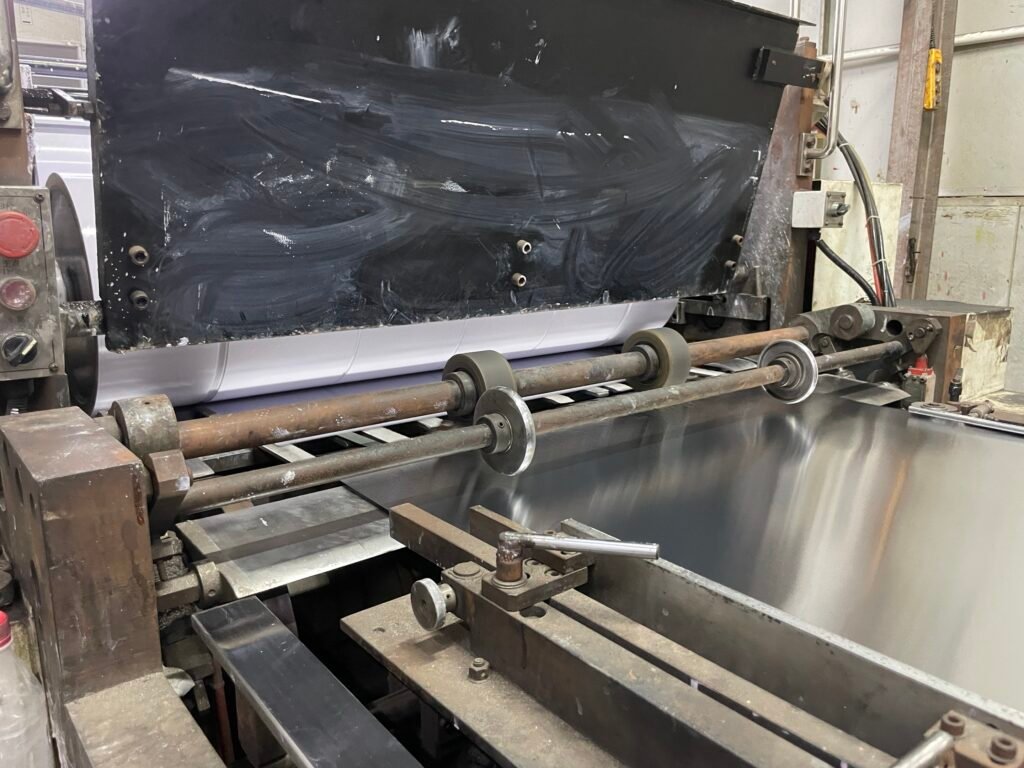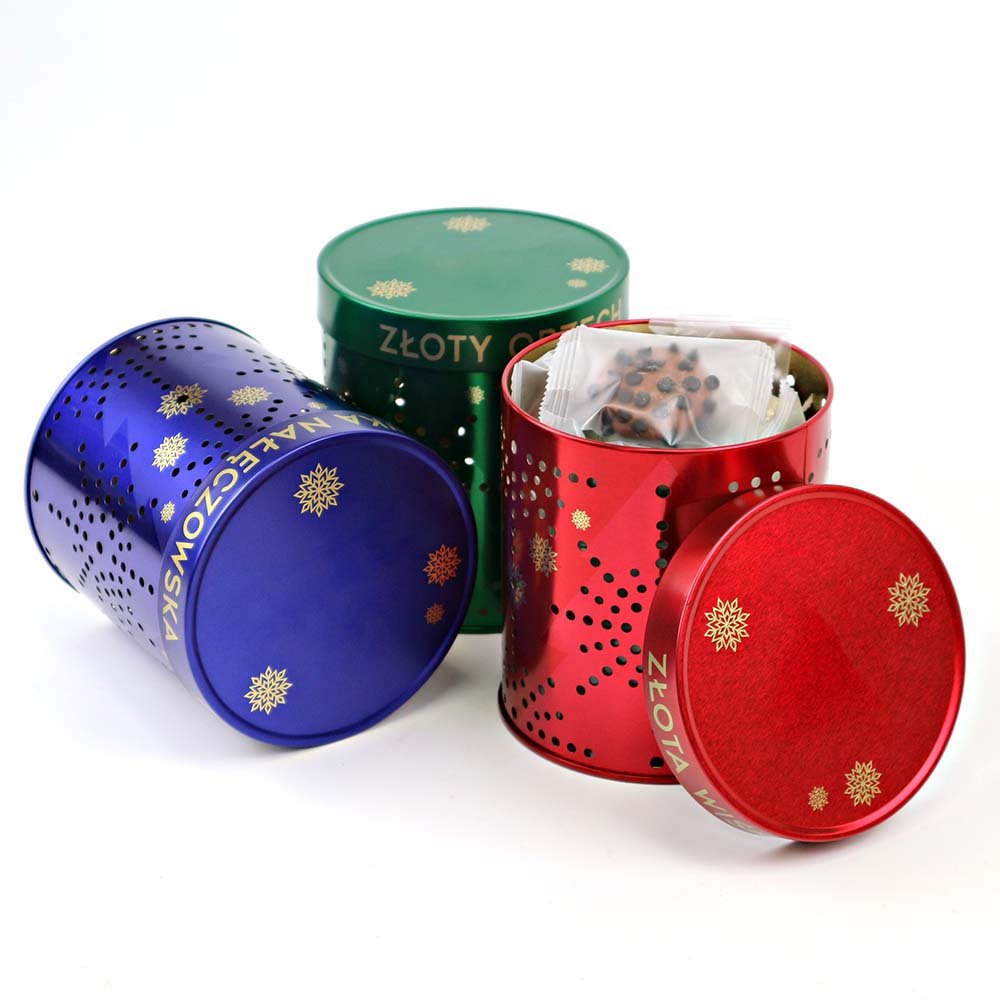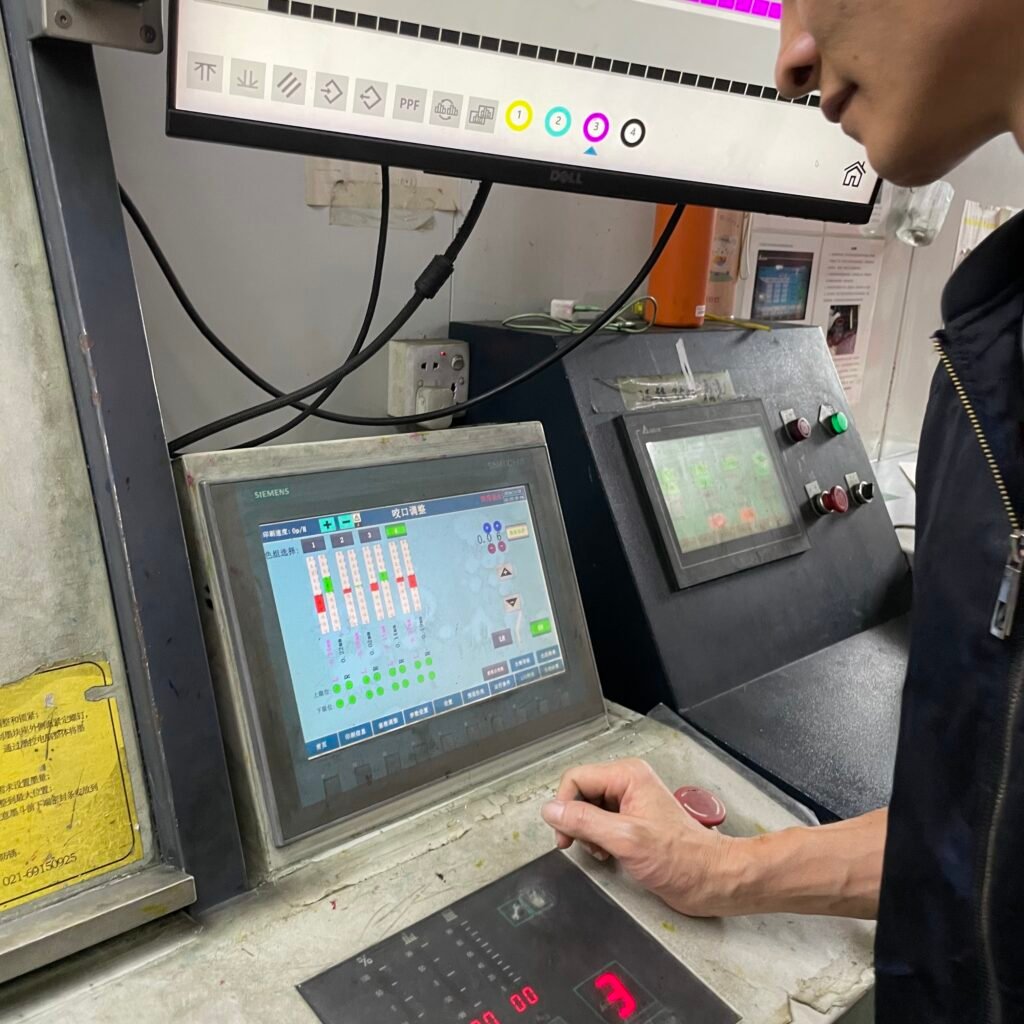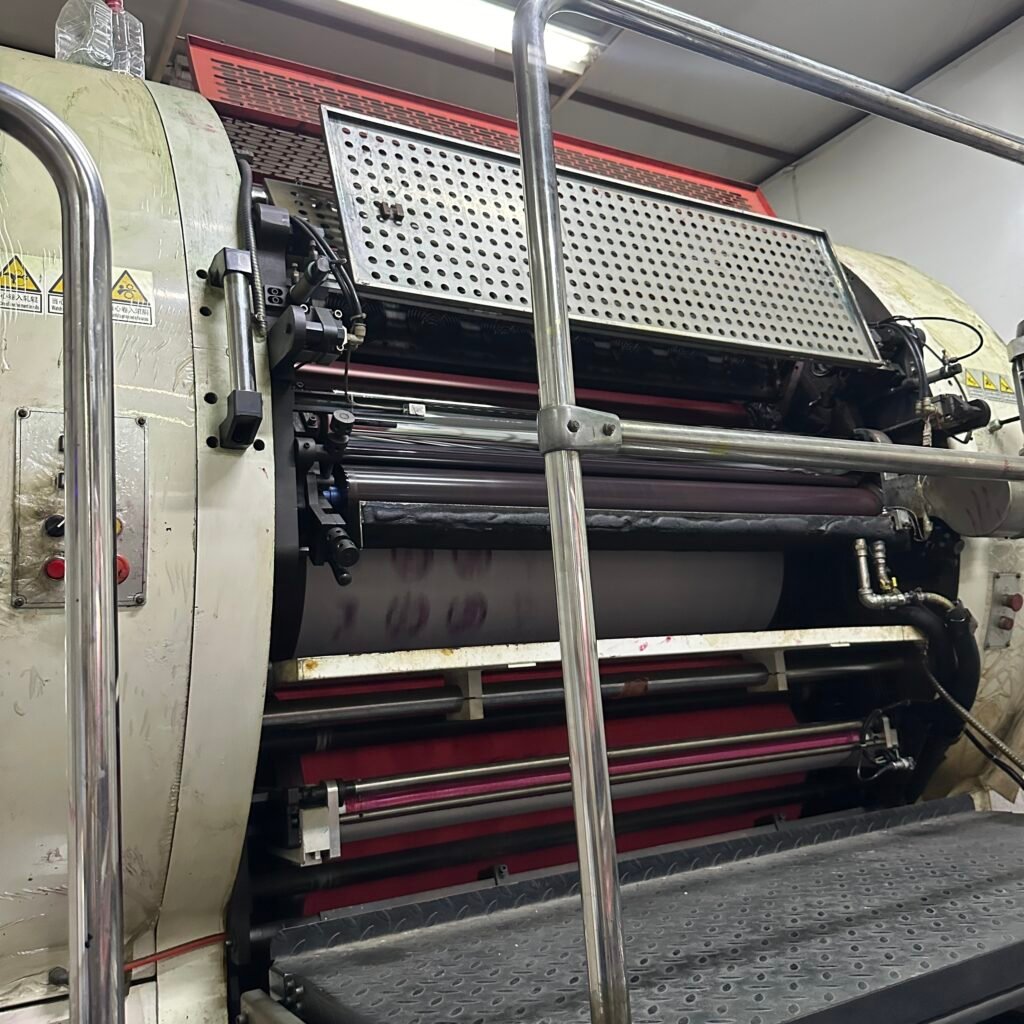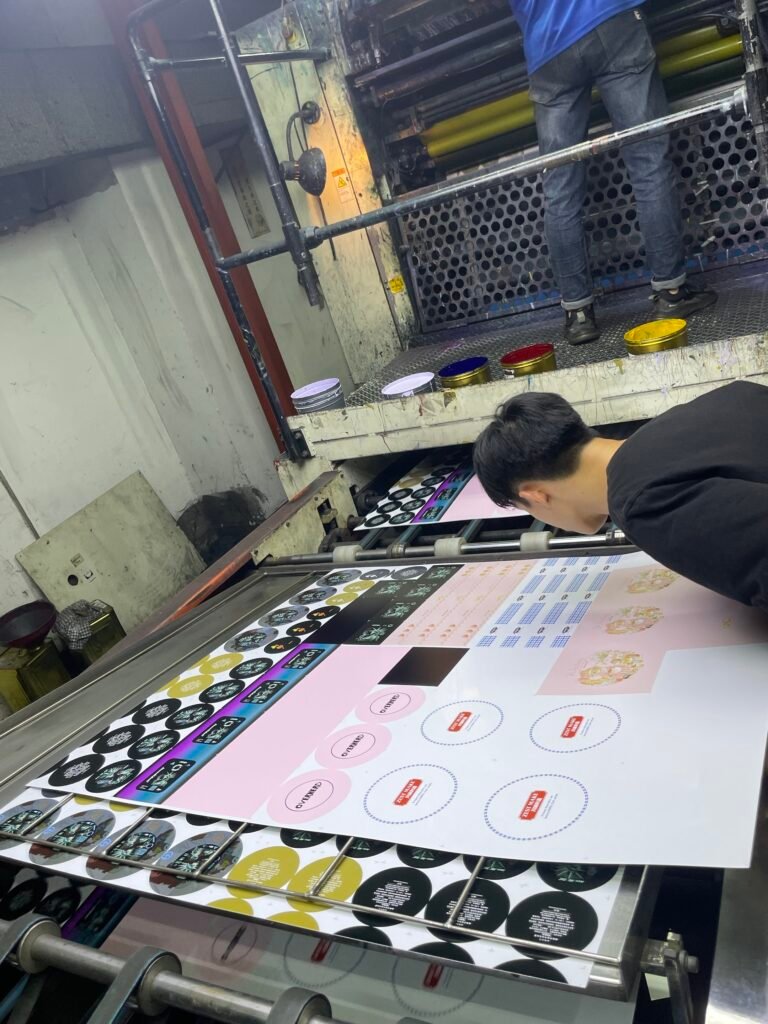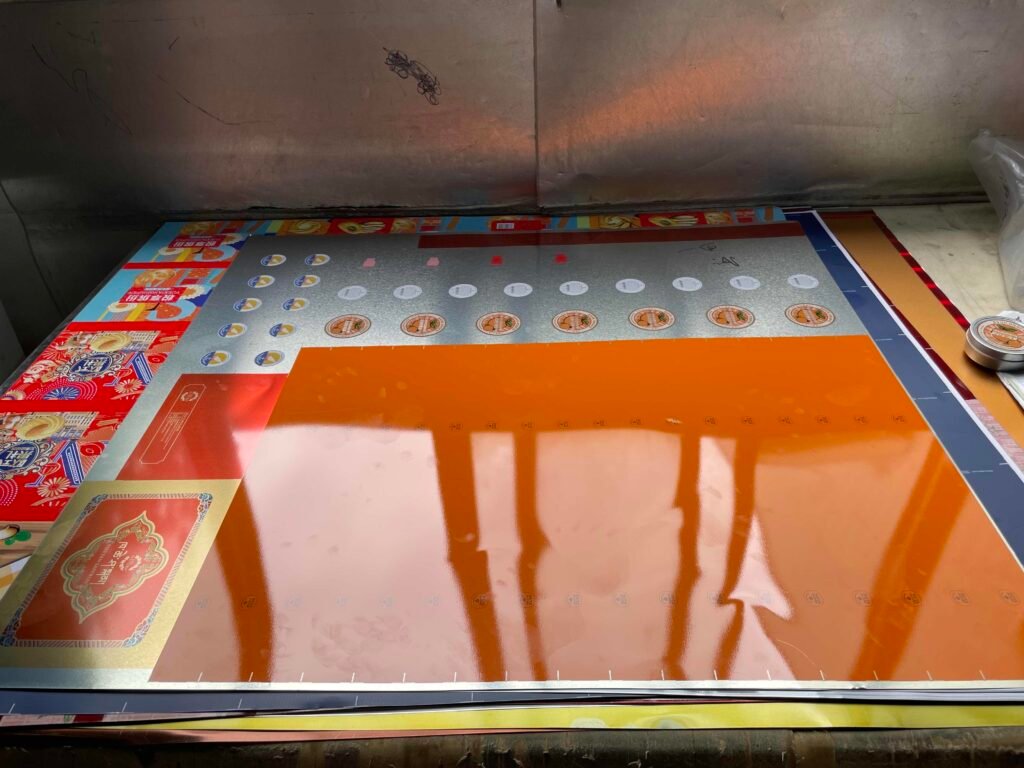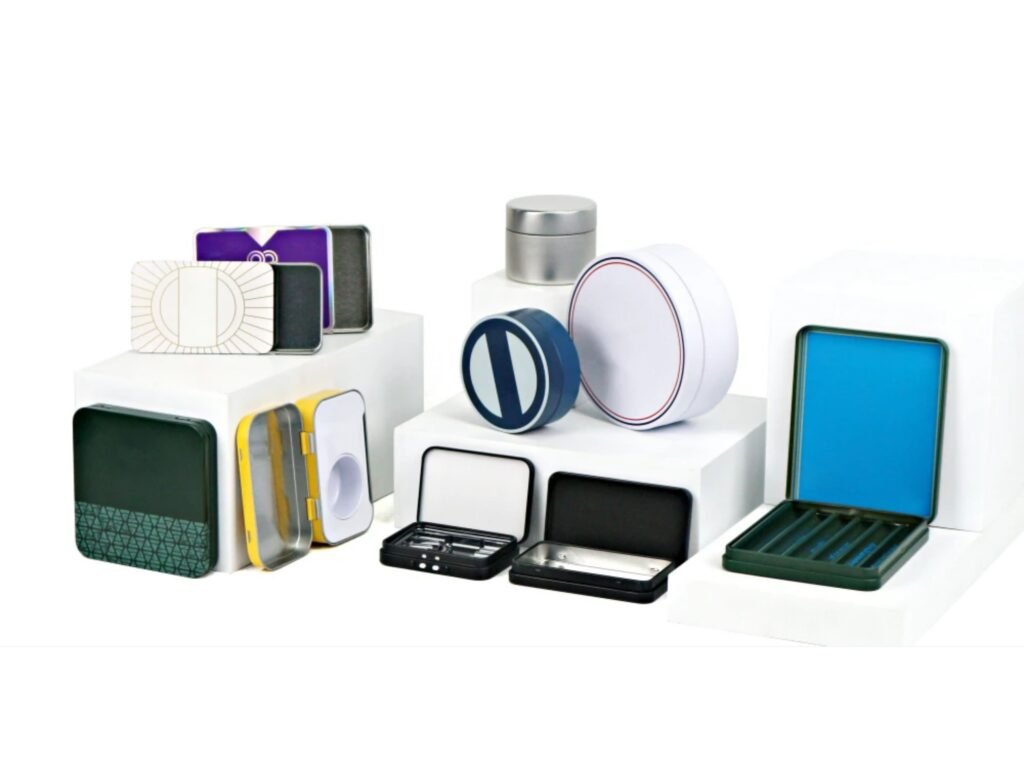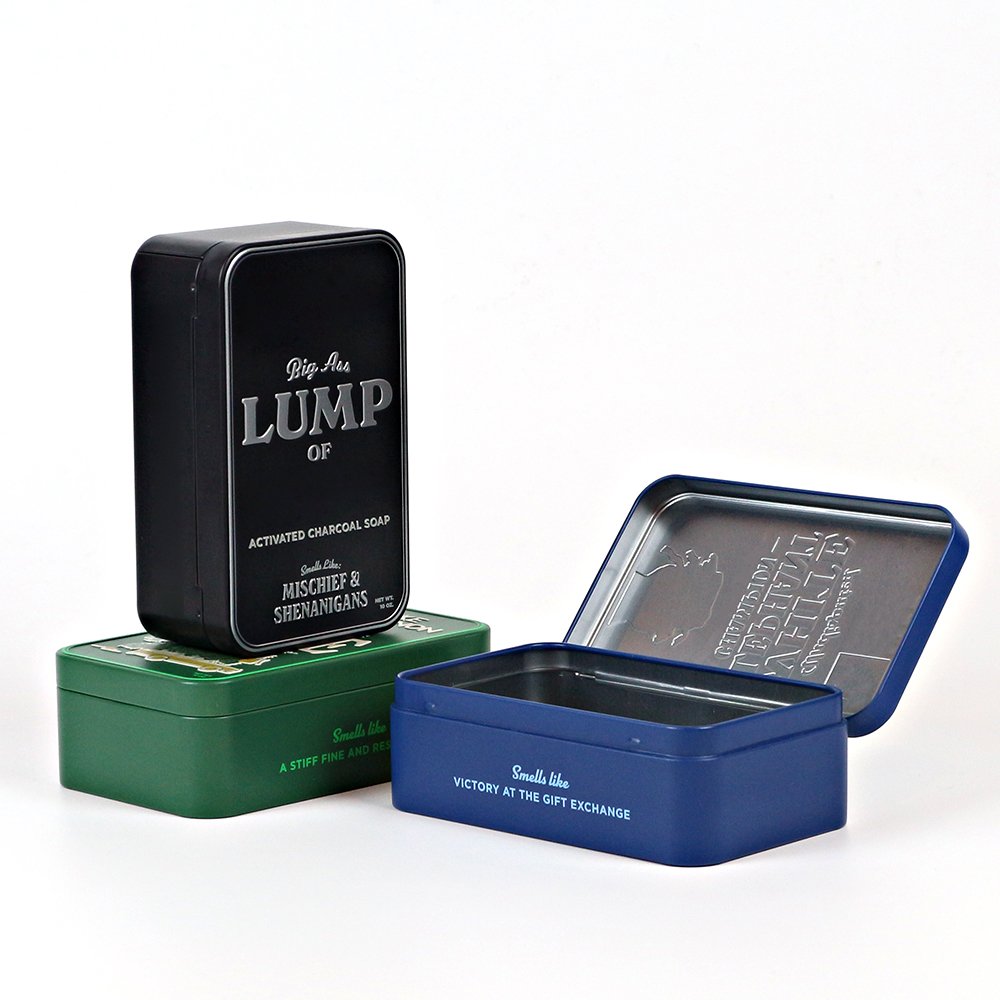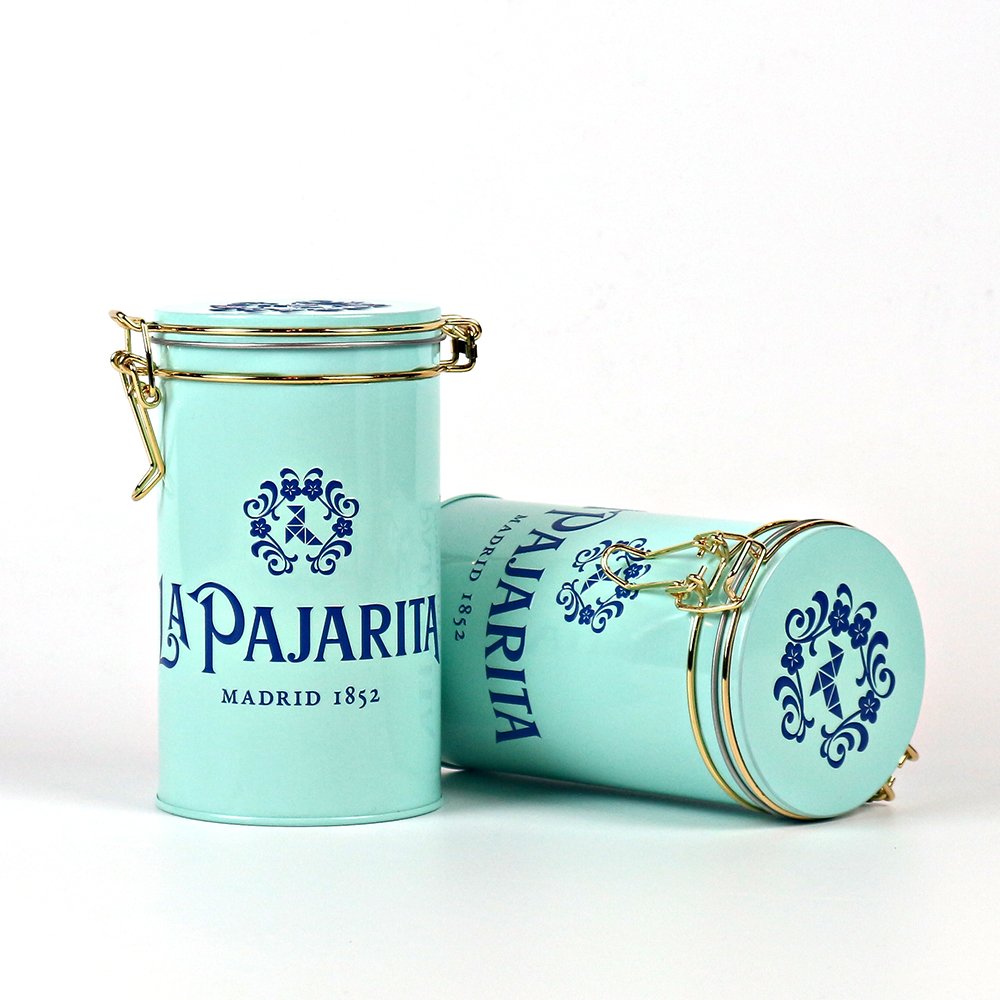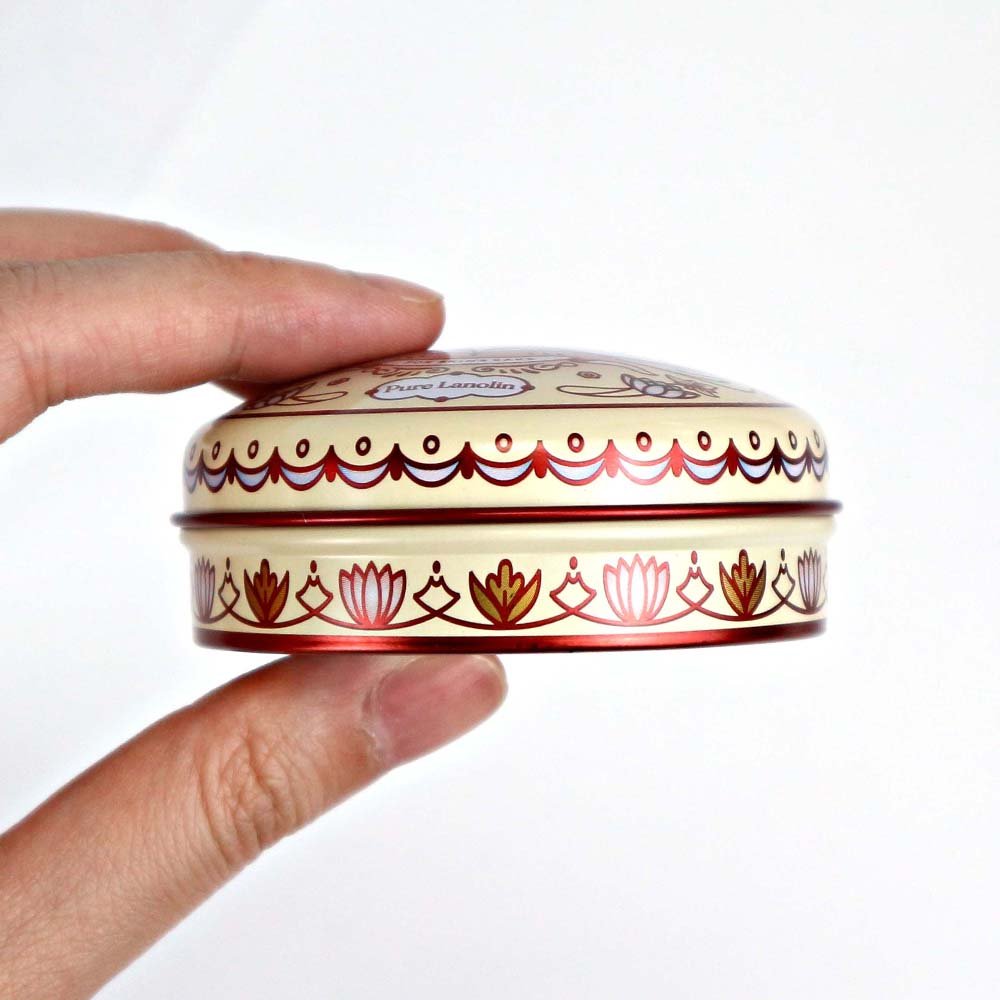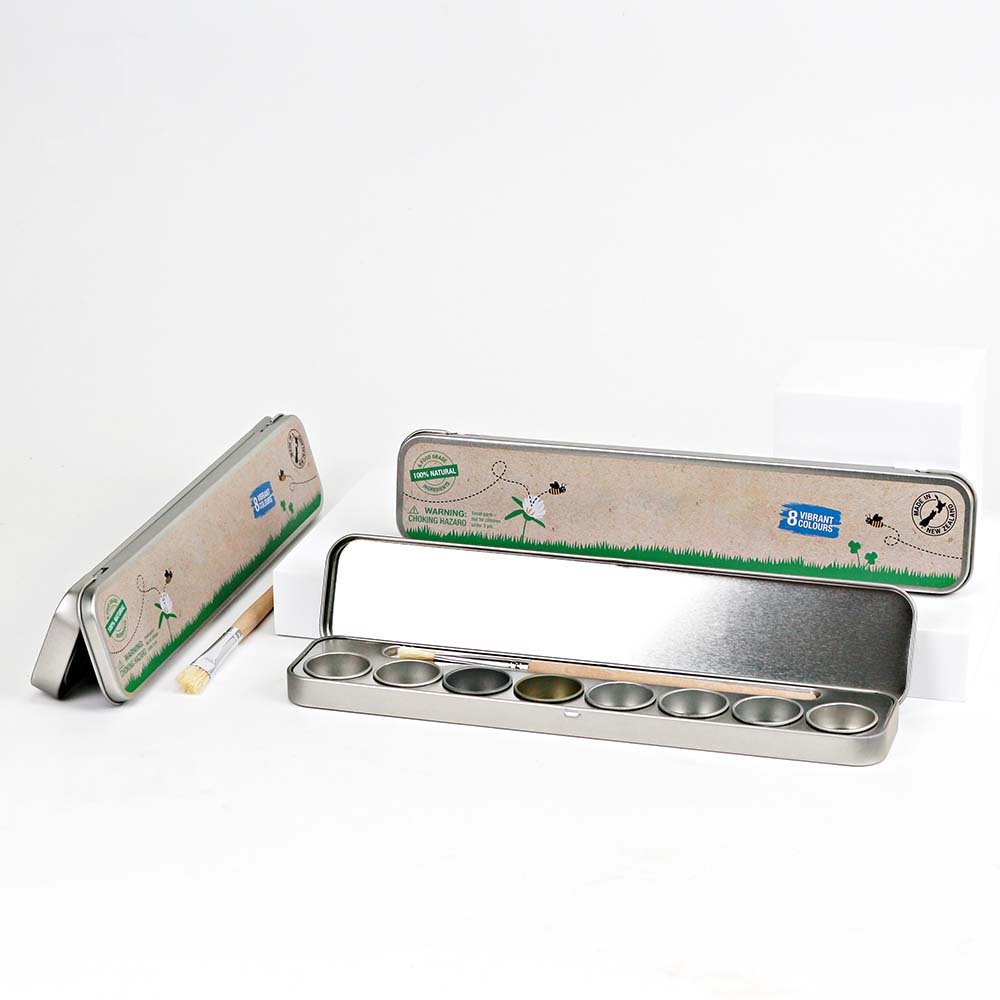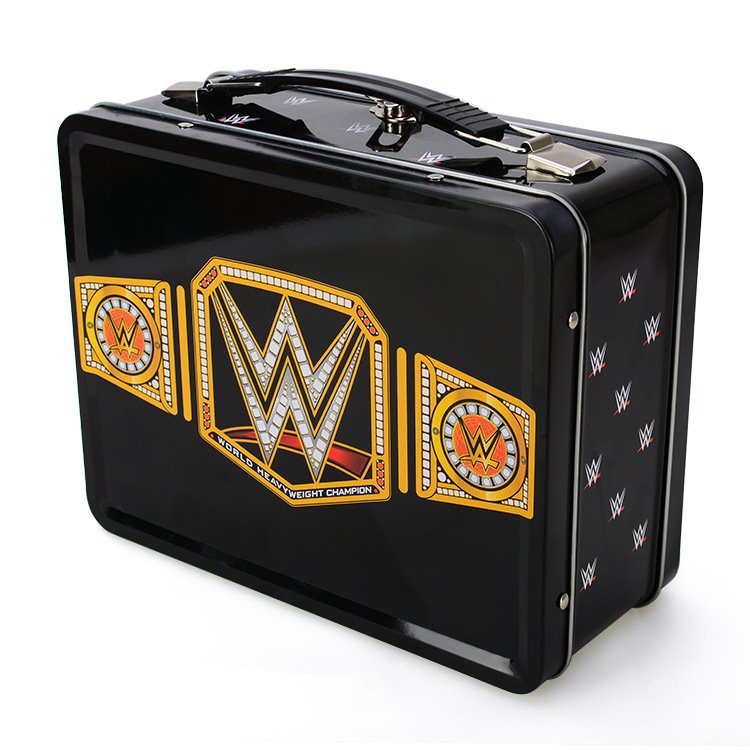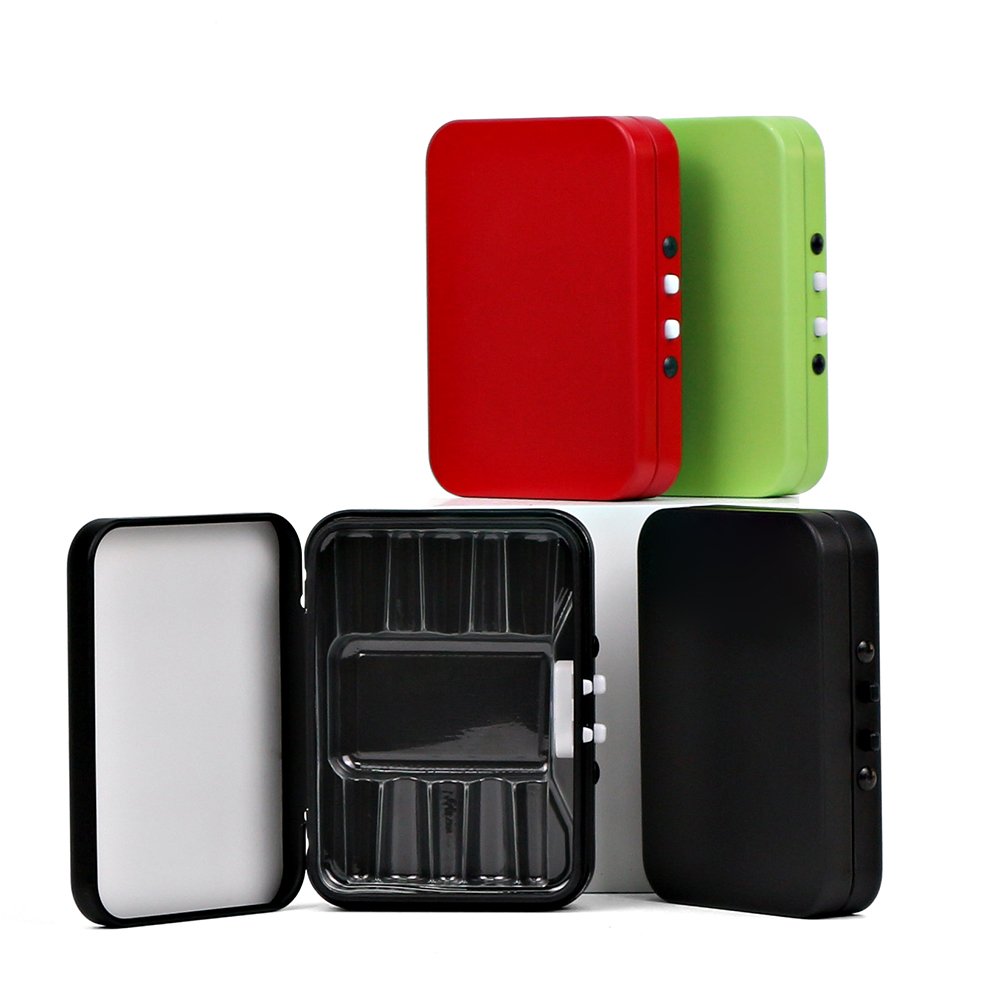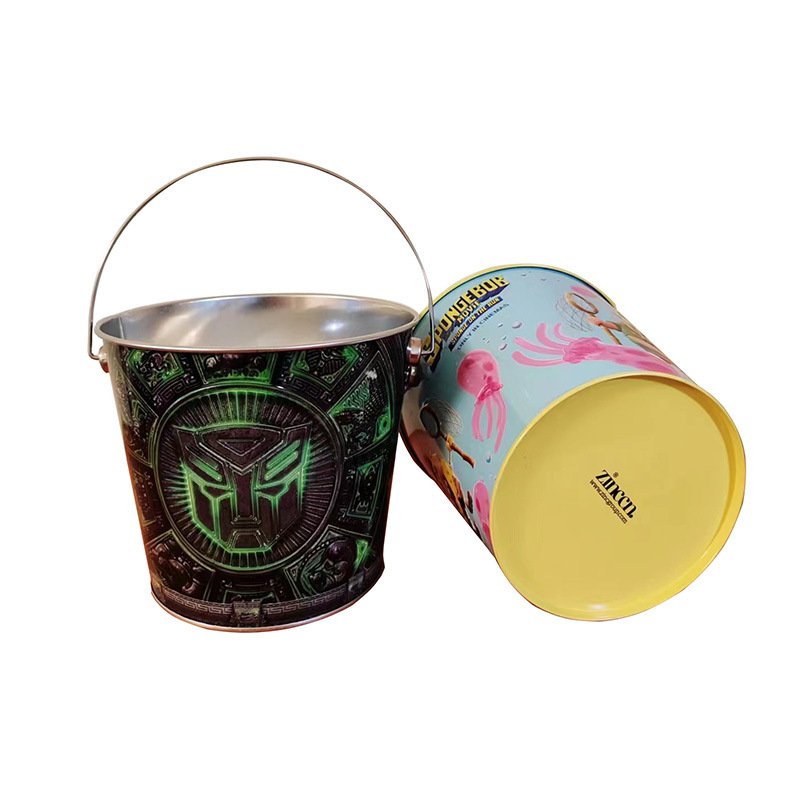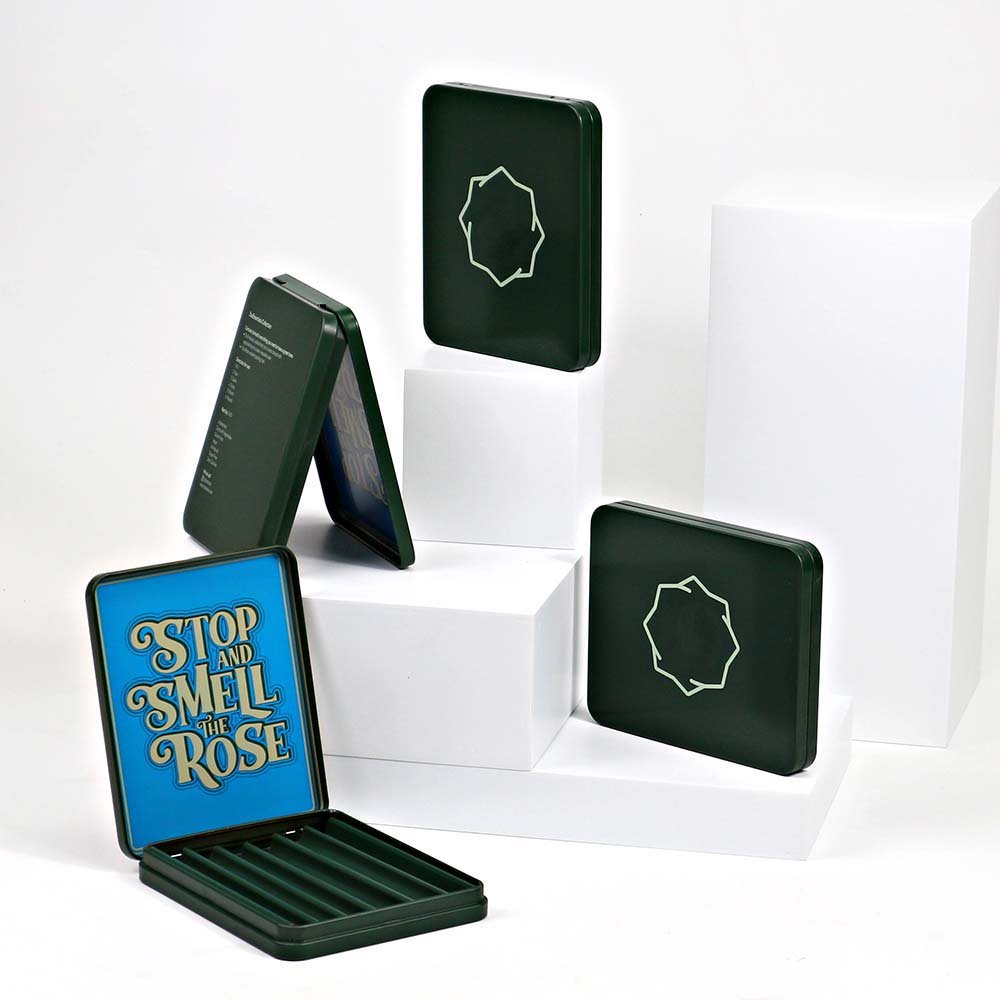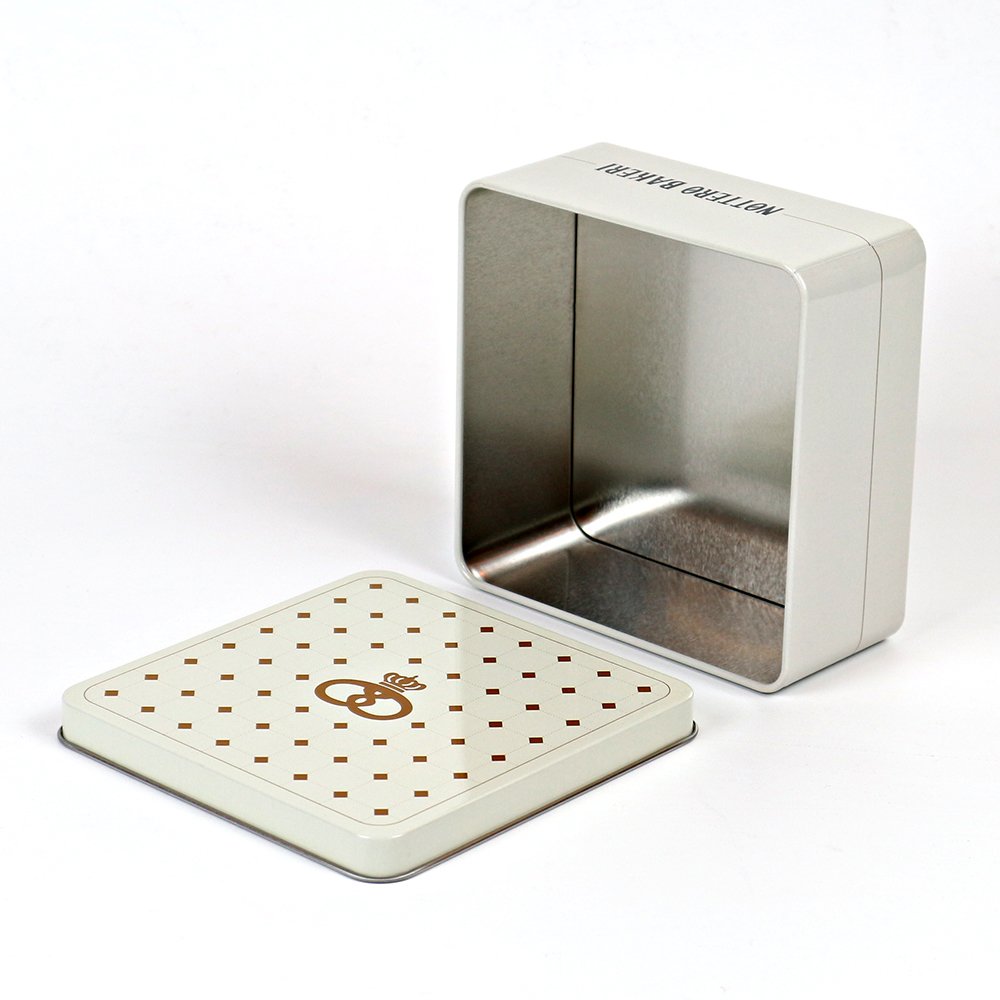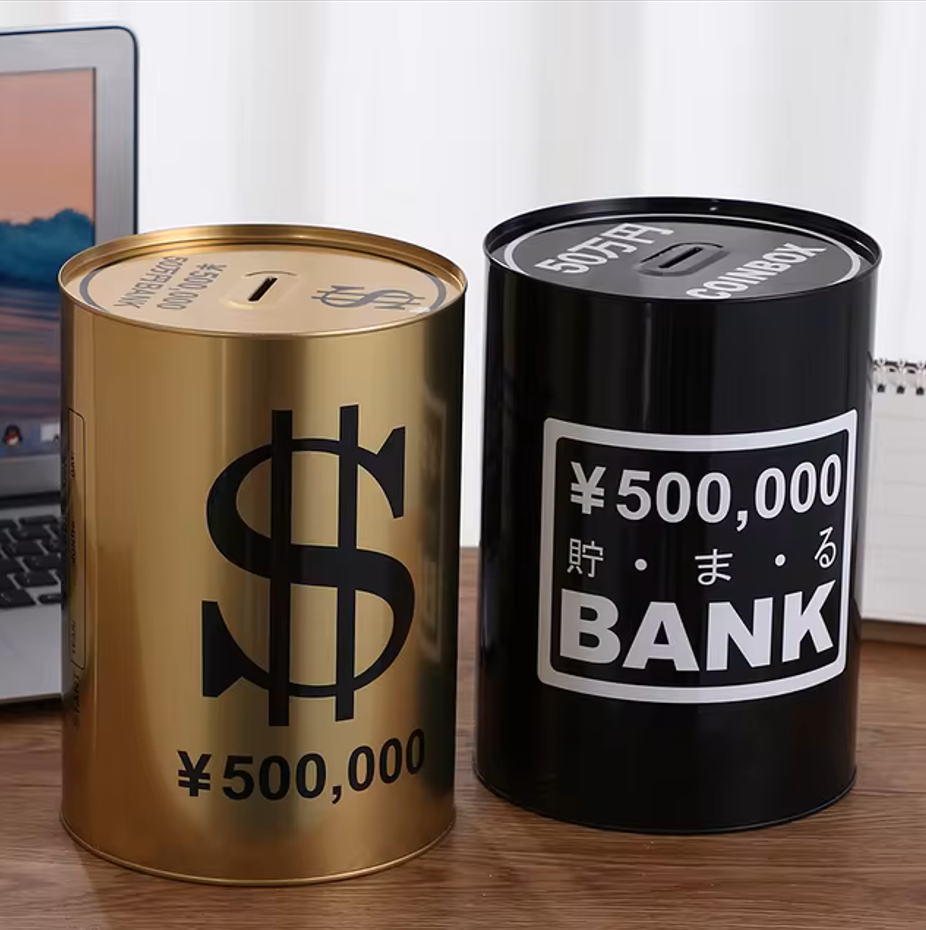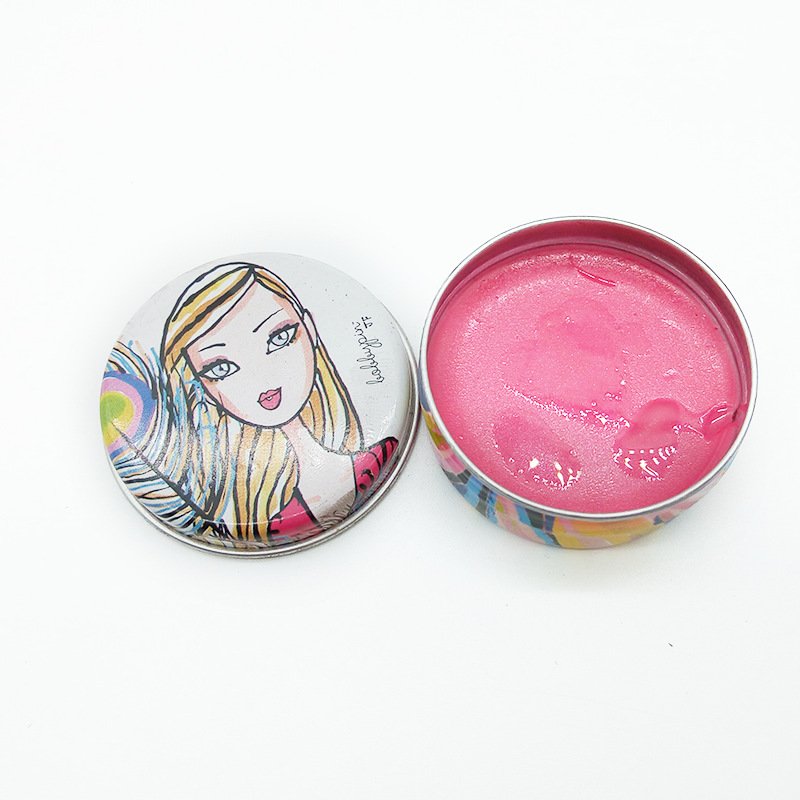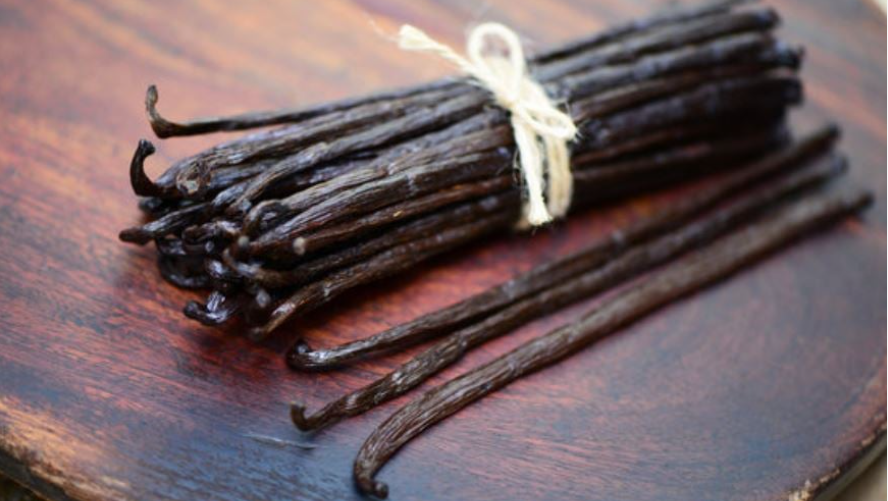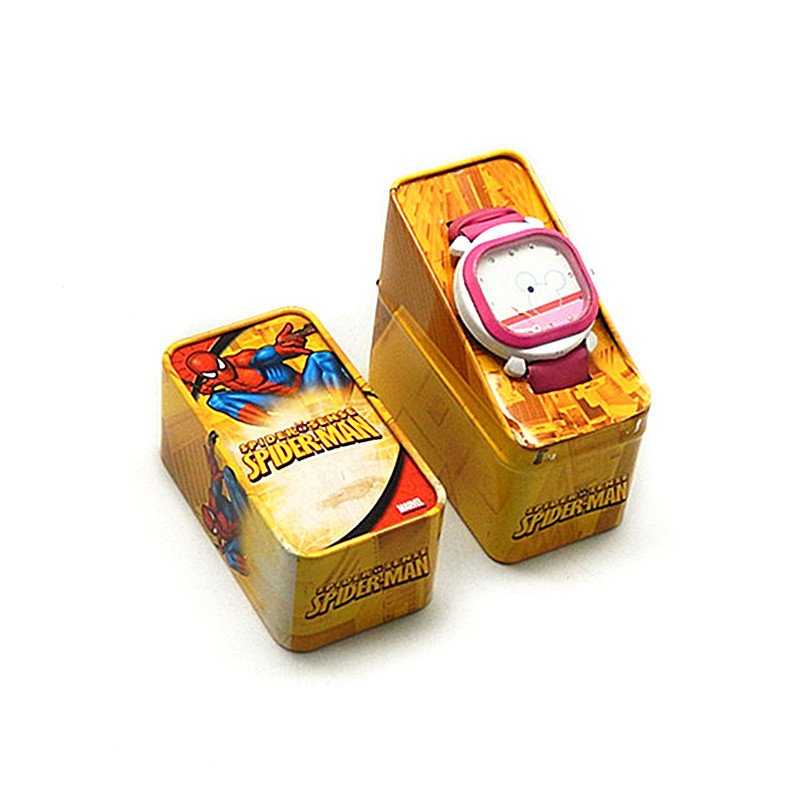Tinplate printing and Lacquering process, characteristics
Printing plays a vital role in metal tin products especially packaging. We generally proceed tin plate sheet with custom printing firstly, then canned with production process bending, stretching, flanging and others which require high strength and adhesion to prevent the coating film and ink layer from being deformed, cracked, or even falling off from the tinplate. Therefore a layer of paint is essential between tinplate and ink to approve adhesion.
Tinplate printing is finished on the printing iron production line and this line comprises feeding equipment, offset printing unit, coating unit, drying room and film-receiving equipment.
Tinplate Printing Process
Purpose: To apply designs, logos, patterns, and colors onto the tinplate surface for branding and decoration.
Process:
The tinplate sheet is coated with a base coat (usually white or gold).
Printing is done using offset printing (lithography) – typically CMYK colors.
A varnish/overprint coating (glossy, matte, or spot UV) is applied to protect the ink and enhance appearance.
Application: Used when the tin needs visual appeal (e.g., food tins, tea tins, gift tins, cosmetic tins).
Printing = Graphics + Branding decoration.
Tinplate Lacquering Process
Purpose: To apply a protective lacquer layer (not for decoration, but for functionality & product safety).
Process:
A thin, clear or colored coating (lacquer) is sprayed or rolled onto the tinplate surface.
Lacquer is then cured in an oven to form a stable protective film.
Types of lacquers:
Clear lacquer – transparent, just protection.
Gold lacquer – gives a golden tone, often inside food tins.
Epoxy phenolic lacquer – highly resistant, used inside beverage cans, food cans, or chemical tins.
Application: Used mainly on the inside of tins (to prevent reaction between metal and product, like tea, coffee, biscuits, cosmetics, tobacco, etc.) or sometimes on the outside as a protective base before printing.
Lacquering = Protective barrier for food-safety and corrosion resistance.
full-color technique
Most widely used for printing tinplate is the offset full-color technique (lithography). Different custom printing demands can be mainly divided into the below options:
white base Coating
This is one of the major coating process(white lacquer) for custom printed tins. It applies a white base coat on the surface of tinplate sheets. White coating makes colors more vivid and accurate during offset printing as tinplate itself is silver-gray which can distort printed colors.
The process is before any other color printing (Cyan, Magenta, Yellow and Key/black), we shall proceed white coating on tinplate firstly. The printing on a white surface, which makes it impossible to obtain a transparent or full metallic effect. Nice quality custom artwork printing would be easy to achieve based on accurate white coating . This line is for white coating mainly(full white background).
white base Coating – Welded tin can
The tinplate printing of welded tin can is different from above ordinary tins. Welded tin can printing request weld seam area (about 4-6mm wide) and the weld area overlaps, hiding any printing in that zone. Welding is a critical process step. The coating at the weld seam will be damaged, so the weld seam must be recoated after welding.
Can body side seam of the welded can is sealed by “seam welding”, a type of electric resistance welding. Both ends of the blank sheet are superposed and welded with thermal resistance to form a cylindrical can body.
Thin copper wire is used for electrode.
As the steel substrate dissolves at the welding spot along the can body side seam, resulting in surface oxidization and degradation in corrosion resistance, repair coating is required on both the internal and external surfaces to prevent corrosion.
Welded side seam is repaired with OSS (outside side seam striping) coating on the outside to prevent rust, and with ISS (inside side seam striping) coating on the inside to protect the contents.
The welded can comes in various sizes and is widely used for beverage, food and aerosol products.
Full metallic printing
This printing has been always chosen when some tin packaging requests high shiny and metallic feel such as Christmas ball tin, star tins, perfume tin can, candle tin, gift tins etc.
Unlike normal printing which uses a white base coat for color accuracy, here we skip the white coat that allows the natural metallic silver of tinplate to remain visible. Printing process is artwork directly printed by offset lithography on the tinplate surface which is usually uncoated or with a transparent lacquer to protect but still show the natural metallic shine. The inks are slightly transparent so the metallic background shines through the colors and gives a metallic reflection effect across the entire printed area. Let’s check below custom project.
Partial Metallic Printing
Unlike full metallic printing, here white base coat is applied only on certain areas of the design. Wherever the white coat is applied, the metallic reflection will be blocked, giving solid, non-metallic colors. Wherever no white coat is applied, the natural metallic shine of tinplate will remain visible. This combination creates a partial metallic shine and solid colors in the same design. It’s often combined with embossing for extra premium feel like a biscuit tin with a metallic logo but a solid-colored background.
Artwork is printed on top of both the white-coated areas and the bare metallic areas. On bare tinplate, inks look metallic shiny; on white coated ares, inks look solid (flat).
We can regularly see that the barcode is printed on white surface to be easily recognized when scanning. Some customer brand prefers major artwork to be metallic look, some customer brand prefers major artwork to be printed based on white and small part to be metallic all that can be customized as per your idea.
CMYK color printing
CMYK offset printing is one of the most common and precise printing process used for tinplate packaging. CMYK color(Cyan, Magenta, Yellow and Key/black)these four ink colors are combined in different percentages to reproduce full color images (photos, designs, gradients, etc) by overlapping small dots of these inks, millions of colors can be created.
Offset lithography printing method is inked image firstly transferred (offset) from a plate → rubber blanket → tinplate sheet. This would avoid direct contact between the plate and the printing surface, ensuring sharp, clean, and durable prints. Four plates are made, one for each color channel. Each plate has image areas (ink-attracting) and non-image areas (ink-repelling). The press applies cyan, magenta, yellow, and black inks in sequence. Each color is precisely aligned (registration) so the dots overlap correctly.
CMYK offset printing is cost-effective for large-volume printing, consistent color reproduction, high-resolution and can print complex designs, gradients, and full-color images on tinplate.
Pantone Color Printing
Pantone (spot color) printing is often used together with or instead of CMYK in tinplate packaging when brands need exact, consistent colors (like Coca-Cola red or Tiffany blue).
Instead of mixing Cyan, Magenta, Yellow, and Black during printing, Pantone inks are pre-mixed inks created according to the Pantone Matching System (PMS). Each Pantone ink has a unique formula which ensures the same color is printed consistently across all batches, substrates, and printers.
Pantone offset printing process on tinplate:
Design preparation: the artwork specifies certain colors as Pantone spot colors instead of CMYK
Plate making : a separate printing plate is made for each Pantone color used. If a design uses 2 Pantone inks + black, then 3 plates are required.
Ink Mixing : Pantone ink is prepared (by mixing base pigments according to Pantone’s formula). Some colors are metallic or fluorescent, which CMYK can not achieve.
Printing on tinplate:The ink is transferred from plate → rubber blanket → tinplate sheet, same as offset.
Since it’s a solid pre-mixed ink, it prints in a flat, uniform color (not dots like CMYK).
Matte and gloss vanishing
After tinplate goes through CMYK or Pantone color printing, the surface isn’t ready to be made into tins yet.Later there are several protective varnish or coating (post-printing processes) would be applied on top to protect, enhance, and prepare the sheets before cutting and forming.
A transparent protective coating (glossy, matte, or special effect) is applied over the printed tinplate to protect the ink layer from scratches and scuffing, improve resistance to heat, moisture, and chemicals, add desired finish (shiny/glossy, matte, textured)
After above, the coated tinplate sheets are passed through a drying oven. Baking hardens the ink and varnish, ensuring strong adhesion.
Ink
Because the printing iron ink is indirectly printed on the smooth metal surface, the dryness of the printing iron ink is very important, the ink itself oxidation conjunctive reaction and the volatilization of the ink solvent to attach. It is important to have good adhesion, processing resistance, sterilization resistance, high temperature baking resistance, water resistance and other functions, but also have offset printing ink printing suitability, such as fluidity, fineness, etc.
Color sequence
printing iron more monochrome or two-color machine, in the printing color sequence usually comply with the following guidelines: first printed dot envelope area of small, after printing dot twist cover area of large; ink transparency poor dark first printed, transparency good bright after printing; first printed flat screen after printing field color: warm color-based after printing magenta yellow, after printing cyan with cold color-based.
Printing machine conditioning
Tinplate specifications, thickness changes often shake to be based on the environment of the printing machine rules, single and double sheet detector printing pressure, nozzle, etc. to stop the conditioning, while the blanket should also be frequently changed.
If you need any other custom packaging solutions for your custom tins, please feel free to contact us.
Our custom tin packaging design services cater to a wide range of products. Whether you’re looking for personalized metal tin cans, canister, or jars, we’ve got you covered. All our packaging materials are crafted from sustainable and recyclable materials. You can select one of our molds and personalize it with custom-printed designs. Alternatively, we can assist you in creating a brand-new and unique custom packaging solution from scratch.

